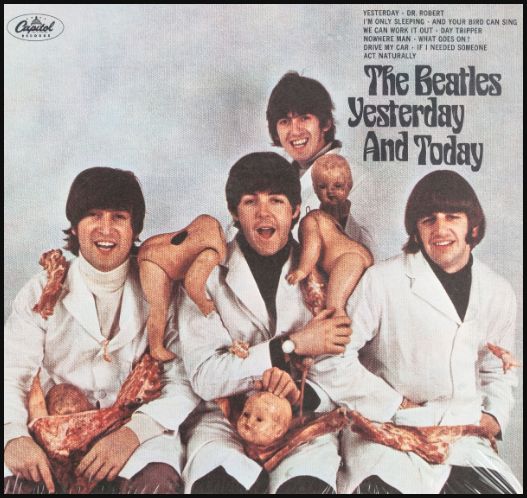Frequencies Effects on Body and Mind
On Tavistock, George Martin, Beatles — music, frequency effects on listener, culture. ~12:00 in
https://www.bitchute.com/video/4EFrcDyJwrkj
CYMATICS
Cymatics, from the Greek word “kyma” meaning “wave,” is a term coined by Hans Jenny (1904-1972), a Swiss physician and natural scientist, to describe the study of visible sound and vibration. This field explores how sound frequencies can influence the formation of patterns in physical mediums, such as liquids, powders, and solid particles. Cymatics reveals the inherent responsiveness of matter to vibration and sound, providing a fascinating visual representation of how sound frequencies can shape matter.
Foundation and Experiments
The foundational experiments in cymatics involve placing substances like sand, water, or small particles on a vibrating plate or membrane and subjecting them to different sound frequencies. As the frequency changes, so do the patterns formed by the materials on the plate, creating complex and often beautiful geometric shapes. These experiments demonstrate that different frequencies can produce distinct patterns, suggesting a direct relationship between sound and form.

Historical Background
While Hans Jenny is credited with pioneering modern cymatic studies in the 20th century, the phenomenon of sound influencing physical patterns was observed much earlier. One of the earliest documented observations was made by Robert Hooke in the 17th century, and later by Ernst Chladni in the 18th century, who is often referred to as the “father of acoustics.” Chladni’s experiments, which involved bowing the edge of a plate covered with sand to create patterns, laid the groundwork for the field that Jenny would later name cymatics.
Applications and Interest
Cymatics has attracted interest from a variety of fields, including music, art, therapy, and metaphysics, due to its visually captivating nature and the profound implications of its findings.
– Art and Design: Artists and designers have drawn inspiration from cymatic patterns, using them in visual art, installations, and architectural designs.
– Music and Sound Therapy: The principles of cymatics have been explored in music therapy, with some practitioners suggesting that the visual representation of sound can have therapeutic benefits.
– Education: Cymatics is used as an educational tool to demonstrate the physical properties of sound and vibration, making abstract concepts tangible.
– Scientific Research: Although cymatics itself is not a scientific discipline, the phenomenon has implications for understanding the physical effects of sound and vibration, including research into materials science and acoustic engineering.
Criticism and Skepticism
While cymatics offers a compelling visualization of vibration and has inspired creative and therapeutic practices, its scientific applicability and the interpretations of its findings have been met with skepticism. Critics argue that while cymatics demonstrates how matter can be organized by sound, the leap to broader metaphysical or therapeutic claims requires more rigorous scientific validation.
Conclusion
Cymatics bridges the worlds of science, art, and philosophy by demonstrating the tangible effects of sound on matter. It serves as a reminder of the fundamental role that vibration and frequency play in the physical universe. Whether viewed through the lens of artistic inspiration, scientific curiosity, or metaphysical speculation, cymatics continues to fascinate and inspire inquiry into the nature of sound and its relationship with the material world.
“Yesterday and Today” is the ninth studio album by The Beatles, released in 1966. The album is best known for its controversial original cover, which depicted the band members dressed in butcher smocks and covered with pieces of raw meat and dismembered dolls. This cover, known as the “butcher cover,” was quickly withdrawn by the record label due to public outcry, and a new cover featuring a collage of photographs was substituted.
The album itself features a mix of songs recorded during different sessions, including tracks from the UK albums “Help!” and “Rubber Soul,” as well as several non-album singles. Some of the notable songs on “Yesterday and Today” include:
1. “Drive My Car”
2. “Nowhere Man”
3. “Yesterday”
4. “Day Tripper”
5. “We Can Work It Out”
6. “I’m Only Sleeping”
7. “And Your Bird Can Sing”
“Yesterday,” written by Paul McCartney, is one of The Beatles’ most famous and covered songs. It is notable for its simple and poignant melody and heartfelt lyrics. “Day Tripper” and “We Can Work It Out” were released as a double A-side single and became chart-topping hits.
Overall, “Yesterday and Today” showcases The Beatles’ versatility and creativity during a period of significant musical experimentation and innovation in their career. Despite the controversy surrounding its original cover, the album remains a significant and influential work in the band’s discography.